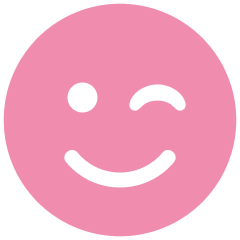If you’re a product designer, you’ve likely debated whether to stick with a one-page resume or extend it to two pages. I’ve gone back and forth myself—initially sticking to one page, then switching to two after a recruiter reassured me it was fine, only to return to a concise one-pager. So, what’s the best approach? The answer depends on your experience, the role you’re applying for, and how effectively you can communicate your value.
When to Use a One-Page Resume
A one-page resume works well for:
- Early-career designers or those with less than 10 years of experience.
- Concise storytelling, where you can clearly articulate your skills, experience, and impact without unnecessary details.
- Highly visual roles, where a clean, well-structured format showcases your design thinking.
Recruiters and hiring managers often scan resumes quickly, so a well-crafted one-page resume ensures your most relevant experience stands out.
When a Two-Page Resume Makes Sense
Consider a two-page resume if:
- You have extensive experience or have worked at multiple companies with impactful projects.
- You’re applying for senior or leadership roles where highlighting your strategy, mentorship, and process depth is key.
- Your work includes complex case studies that require more detail to showcase impact.
That said, a two-page resume isn’t a license to add fluff. Every word should serve a purpose.
What to Include for a Strong Resume
Regardless of length, your resume should highlight:
- A strong summary: A brief statement (3-4 sentences) that defines your experience, skills, and what you bring to the table.
- Key skills & tools: Include UX/UI design, prototyping, user research, Figma, Sketch, or any relevant tools.
- Impactful work experience: List your most relevant roles with clear bullet points focusing on outcomes (e.g., “Redesigned checkout flow, increasing conversion rates by 20%”).
- Notable projects: If space allows, mention a few key projects with measurable success.
- Education & certifications: Keep this short, unless it’s a major differentiator.
Strategies for a Great Resume
- Tailor it to the job: Use keywords from the job description to pass ATS (Applicant Tracking System) screenings.
💡 Use Jobscan to check if your resume is optimized for each job description.
- Focus on impact, not tasks: Instead of “Designed user flows,” say “Optimized user flows, reducing drop-off rates by 15%.”
- Make it scannable: Use clear headers, bullet points, and white space for easy readability.
- Link to your portfolio: As a product designer, your work speaks volumes—ensure hiring managers can easily access it.
Final Takeaway
If you can fit your experience into a strong, well-designed one-page resume, go for it. If a second page truly adds value, use it wisely. Either way, clarity, impact, and relevance should drive your resume’s structure.
Have you struggled with the one-page vs. two-page dilemma? Share your thoughts in the comments!

Leave a Reply